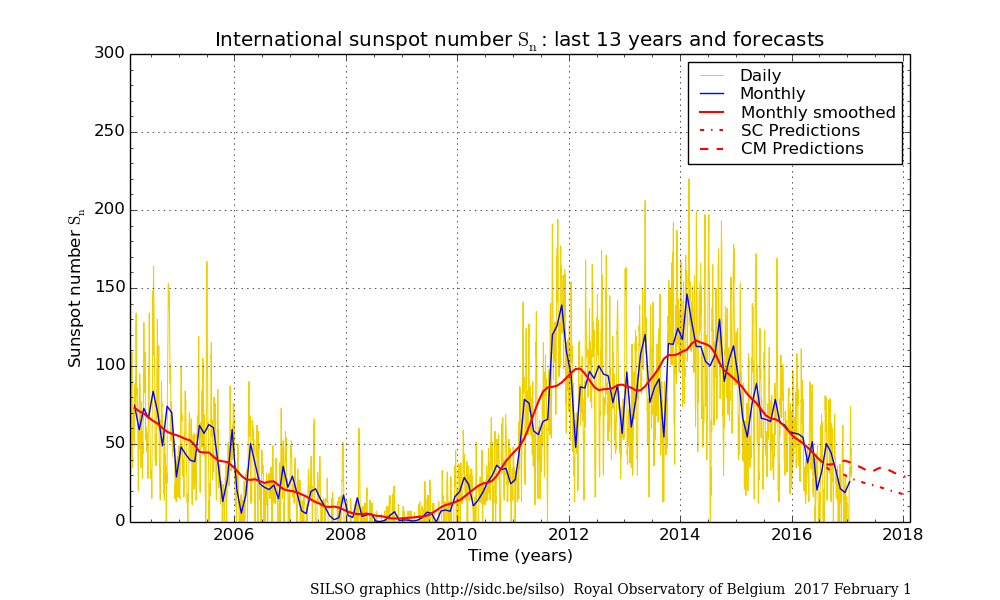 The STCE does Fundamental Research.
The STCE does Fundamental Research.
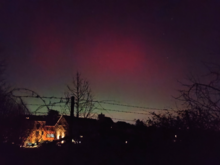
The magnetic cloud (CME) associated with yesterday's X1 flare has already arrived. A severe geomagnetic storm is in progress. Spectacular aurora have been observed over Belgium.
view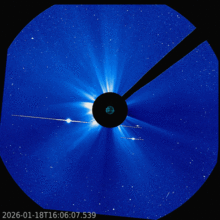
NOAA 4341 produced a long-duration X1.9 flare during the late afternoon of 18 January. The associated coronal mass ejection is expected to impact the Earth's magnetic field on 20 January, possibly resulting in a major geomagnetic storm. Currently, a proton event is in progress.
view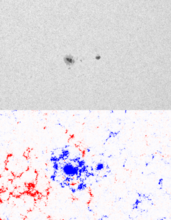
Something not seen very often: a bipolar sunspot region with both main portions having the same magnetic polarity.
view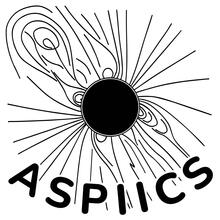
The first Proba-3 ASPIICS Guest Investigator call is now open, with a submission deadline of 12 February 2026. The GI programme offers access to Proba-3 ASPIICS data and the unique chance to participate in instrument commanding.
view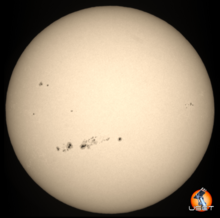
Sunspot activity was quite variable during December 2025, with some large and complex sunspot regions at the beginning and end of the month.
viewDesign by WeebPal.




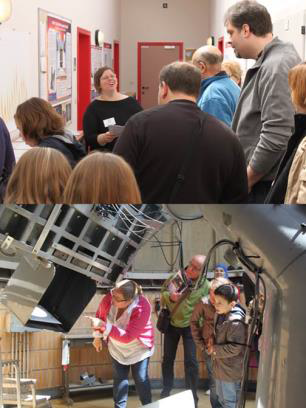 The STCE does public outreach during the STCE Annual Meeting and the Open Doors of the Space Pole in Uccle.
The STCE does public outreach during the STCE Annual Meeting and the Open Doors of the Space Pole in Uccle.



